Organization Development - How to Diagnose Organizations
Loại khoá học: Business
Tools and Methods to Diagnose an Organization to Gain a Comprehensive, Systemic Understanding for OD Interventions.
Mô tả
Have you ever wondered what organizational development practitioners really do during the first weeks when diagnosing an organization? The books all say: Interviews, Observations, Questionnaires, and Unobtrusive Measures. But how can you really create a comprehensive and systemic understanding of an organization, and that all within a few weeks.
This course will provide you with Tools and Methods just as we also apply them when organization diagnosis.
You will be able to go out and do semi-structured interviews to gain understanding of the organizational values, the organizational structure, the vision and mission of the organization, or gain knowledge of the day-to-day problems managers and employees face.
I will also provide you with the knowledge and tools you need to do structured observations to know more about how supervisors spend their time, analyze the effectiveness of meetings, or also how effective employees organize their daily activities.
You will have the opportunity to learn and try out various types of surveys to gain understanding of the organizational culture, employee values, or leadership styles.
There are many more tools and methods you will get to know and be able to apply.
Providing structure to the course I used the McKinsey 7S Model, which leads to following design of the course:
Section 1 will provide you an overview of the course outline and objective, the McKinsey 7S framework, as well as the context by taking a quick look at Kurt Lewin's change model, and the action research model.
Section 2 shortly presents an overview of the fours main methods used during an organization diagnosis: interviews, observations, questionnaires, and unobtrusive measures.
Section 3 is all about Shared Values and will show you how you can take a culture walk, do interviews, use survey tools to gain an understanding of the underlying values.
Section 4 is looking at Structures and you will learn on how to analyze an organizations structure, the formal as well as the informal one.
Section 5 will look at Strategy, and you will get to know how to gain an understanding of the oganizations strategy and long term goals, as well as the alignment and the goal agreement within the organization.
Section 6 will provide you with the tools and methods to analyze and visualize Systems and processes, mainly by learning more about the brown paper methods or flow charts. Some real life examples will help you to develop a better understanding of these methods.
Section 7 is all about Style - leadership and management style, and how you can utilize interviews, observations and surveys to gain good understanding.
Section 8 provides you with tools and methods to diagnose all you need to know about Staff. Like surveys to understand values, interviews, observations to know labor and time utilization. Also learn to map human capital and evaluate the effectiveness of the talent management in place.
Section 9 is about Skills, and will provide you with the know-how in how to develop a skills matrix and further on gauge the skills with the training needs.
Section 10 is about Unobtrusive Measures and will provide you with some real life examples to support your next search for data.
Section 11 will provide you with knowledge about content and characteristics of the information you should present during this final Feedback meeting. And how you manage the energy in such a way that the organization gets ready for the change.
Bạn sẽ học được gì
How to diagnose an organisation in order to get a thorough understanding of the strengths and weaknesses to be able to develop OD interventions to improve overall organisational performance.
Utilize interviews, observations, questionnaires and unobtrusives measures in a structured manner.
Understand the importance of systemic assessments of different organizational dimensions, such as shared values, structures, strategy, systems, style, staff, and skills.
Yêu cầu
- You should have knowledge on principles of organisation behaviour and theory.
Nội dung khoá học
Viết Bình Luận
Khoá học liên quan

Đăng ký get khoá học Udemy - Unica - Gitiho giá chỉ 50k!
Get khoá học giá rẻ ngay trước khi bị fix.

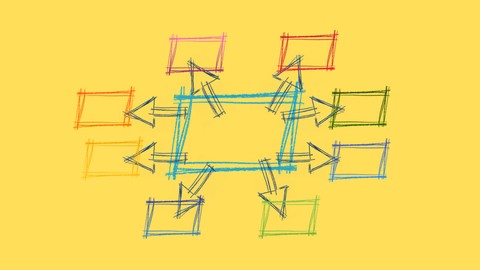
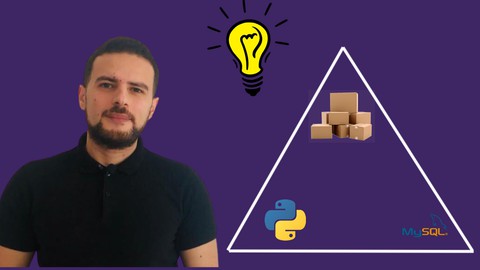



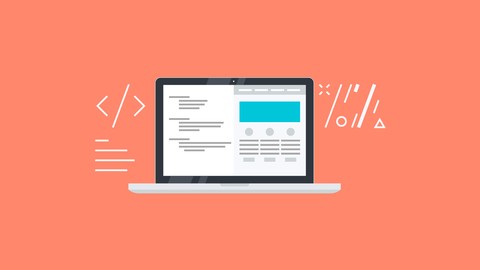

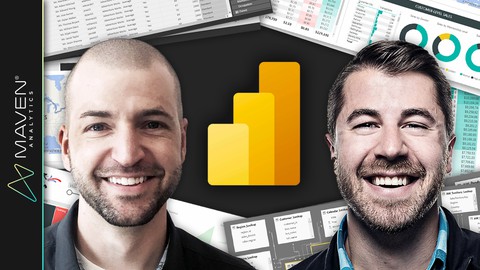




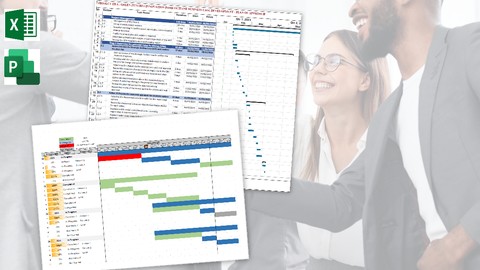

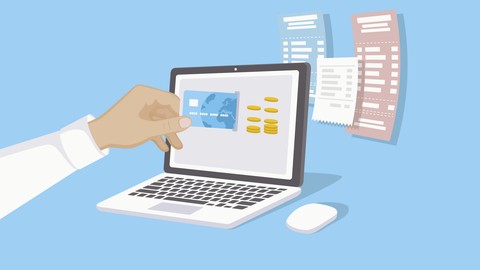


Đánh giá của học viên
Bình luận khách hàng